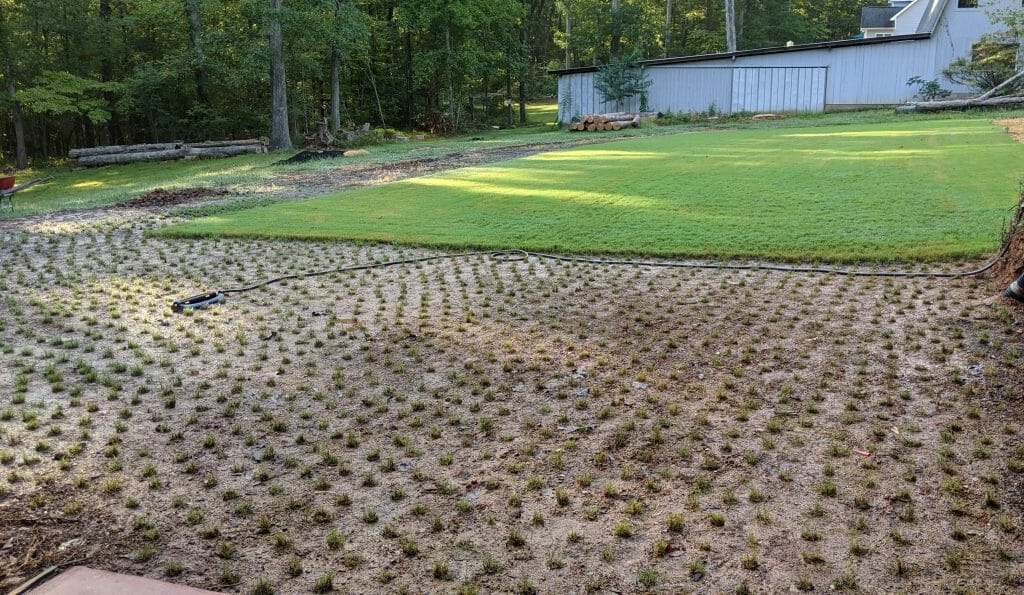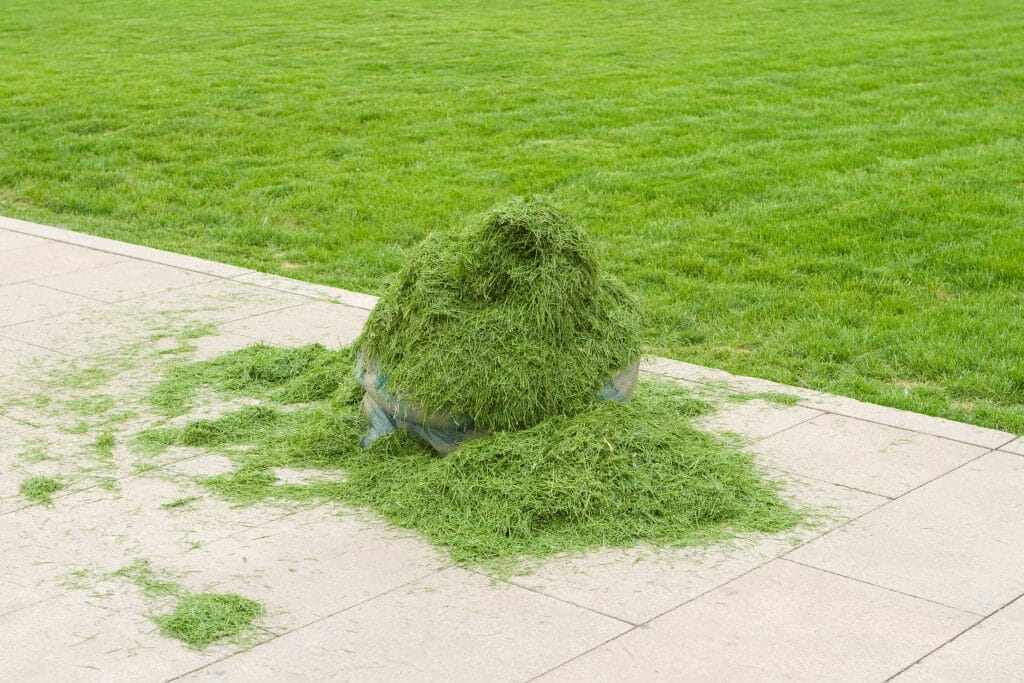
If you want to enjoy the benefits of using worm castings in your garden, you might wonder how much you should add to your soil. By now, you probably understand that you can’t use too much, but you don’t want to waste the castings. So, getting the balance right is essential.
So, how much worm castings per gallon of soil? Most experts say that worm castings should make up around 10% of the soil mixture. So, if you have around 10 gallons of soil, you should add around one gallon of worm castings. However, this will depend on what growth stage the plant receiving the castings is at.
Let’s explain this in a little more detail.
Rate Of Worm Castings Application
Because we can add worm castings at different plant growth stages, we can adjust the rate at which we add them to add the greatest benefits to the plants themselves.
Here’s a chart to simplify this.
| Plant Growth Stage | Amount of Worm Castings to Add to Soil |
| Seed germination | Just a small pinch of worm castings |
| Transplants | Add 1 to 2 teaspoons to the planting hole |
| Three to four inch nursery plants | Add 1 or 2 tablespoons to the planting hole |
| Established plants in the garden | Fork in around 1 cup of worm castings to the soil around the base of the plant |
| Large established garden plants and trees | Fork in around 2 cups of worm castings to the soil around the base of the plant |
| Lawns and turf | Spread worm castings over the surface at a rate of 1 pound per square foot and water in |
Another example of using different application rates can be found when you consider how you will apply the worm castings to your plants.
Here’s another chart to explain this.
| Method of Application | Amount of Worm Castings to Use |
| Broadcasting over the soil using a spreader | Use around 15 pounds of worm castings per 100 square feet of ground |
| Mixing into the soil before planting | Mix in around 30 pounds of castings into every 100 square feet of soil |
| Top dressing existing plants including vegetables | Scatter around half a cup of worm castings around the base of each of your plants and water in |
Mixing Worm Castings With Soil For Potting
If you’re going to be mixing your worm castings with soil or compost to make potting mix, you’ll be measuring the contents by volume. Therefore, you’ll want to know how much worm castings you need to add per gallon of soil. This assumes that you’re using a gallon-sized bucket to measure your soil with.
Using the 10% rule mentioned in the beginning of this article, an imperial gallon of soil contains around 19.22 cups. Therefore, you would add around 2 cups of worm castings to every gallon of soil.
Here’s a quick chart to help you with different volumes of soil
| Volume of Soil | Amount of Worm Castings to Add |
| 1 gallon | 2 cups |
| 2 gallons | 4 cups |
| 3 gallons | 5 ¾ cups |
| 4 gallons | 7 ½ cups |
| 5 gallons | 9 ½ cups |
| 6 gallons | 11 ½ cups |
| 7 gallons | 13 ½ cups |
| 8 gallons | 15 1/3 cups |
| 9 gallons | 17 1/3 cups |
| 10 gallons | 19 cups |
If you use this guide, you should have a potting mix that will give your potted plants an excellent start and help them to grow healthy and strong.
Not All Worm Castings Are The Same
If you happen to do some research on the nutrient content of worm castings, you’ll find that you’ll get vastly different ratios of N:P:K and other nutrients. This is because worm castings are an entirely natural product, and their nutrient content will vary according to the type of worms used and what the worms are fed.
For example, some commercial worm castings produces may use red wiggler worms and feed them primarily on brewer’s grains and wood chips. The resultant castings may have an N:P:K ratio of 1:0:0.
On the other hand, if you’re producing your own worm castings and mainly feeding your worms vegetable scraps and other green matter, your castings may have an N:P:K ratio of 5:5:3.
You might even find that some commercially produced worm castings don’t even put an N:P:K ratio on their packaging because this can vary so greatly.
With this in mind, it’s important to remember that we don’t use worm castings as the main source of nutrients for our plants. Rather, worm castings add beneficial bacteria and microbes to the soil to help improve its structure so that the plants can more readily take up the nutrients they need.

Frequently Asked Questions
Can you put too much worm castings in soil?
Primarily, you can’t use too much worm castings because they are one hundred percent natural and won’t harm the roots of your plants. However, you want to get the balance right so you’re not wasting the castings by adding more than is needed.
Can too much worm castings hurt plants?
No, worm castings will not burn the roots of your plants like commercially available fertilizers can. This is because worm castings only contain a small amount of nitrogen but lots of beneficial bacteria and soil microbes to assist plant growth.
How often should you top dress with worm castings?
For a healthy and actively growing vegetable garden, you can comfortably top dress with worm castings once every two weeks if you use around ¼ cup of castings per plant.
Final Thoughts
The amount of worm castings you add to your soil or give to your plants will depend entirely on what growth stage your plants are at and how you are actually applying the worm castings.
Experts agree that you should add around 10% by volume when you’re mixing the worm castings with soil. So, for 1 gallon of soil, you should add around 2 cups of worm castings.
Remember too, that you won’t harm your plants if you add a little more.



